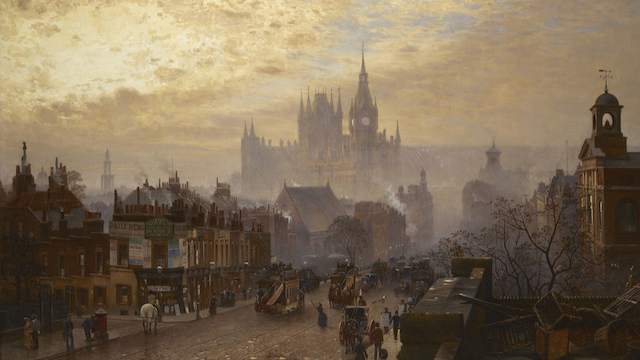(Source: A Day by Day Chronology of Mr. Sherlock Holmes According to Zeisler and Christ, compiled by William S Dorn)
July 1, 1894: Jonas Oldacre brought his will to John Hector McFarlane. [NORW]

“I must explain first,” said McFarlane, “that I knew nothing of Mr. Jonas Oldacre. His name was familiar to me, for many years ago my parents were acquainted with him, but they drifted apart. I was very much surprised, therefore, when yesterday, about three o’clock in the afternoon, he walked into my office in the City. But I was still more astonished when he told me the object of his visit. He had in his hand several sheets of a notebook, covered with scribbled writing – here they are – and he laid them on my table.
“‘Here is my will,’ said he. ‘I want you, Mr. McFarlane, to cast it into proper legal shape. I will sit here while you do so.'”

July 1, 1895: Patrick Cairns first visited Peter Carrey. [BLAC]
I found out where he was through a sailor man that had met him in London, and down I went to squeeze him. The first night he was reasonable enough, and was ready to give me what would make me free of the sea for life. We were to fix it all two nights later. When I came I found him three-parts drunk and in a vile temper. We sat down and we drank and we yarned about old times, but the more he drank the less I liked the look on his face.































